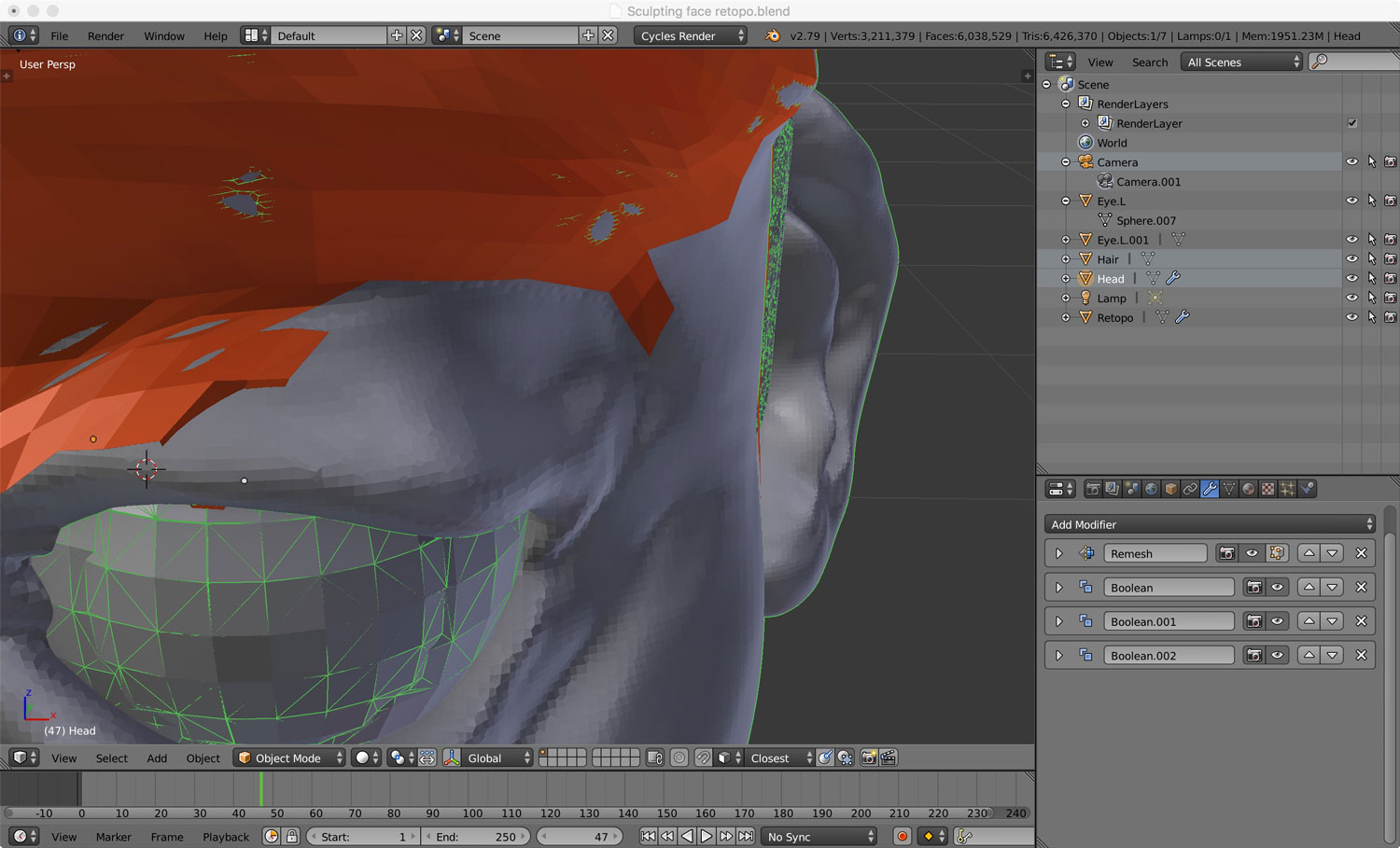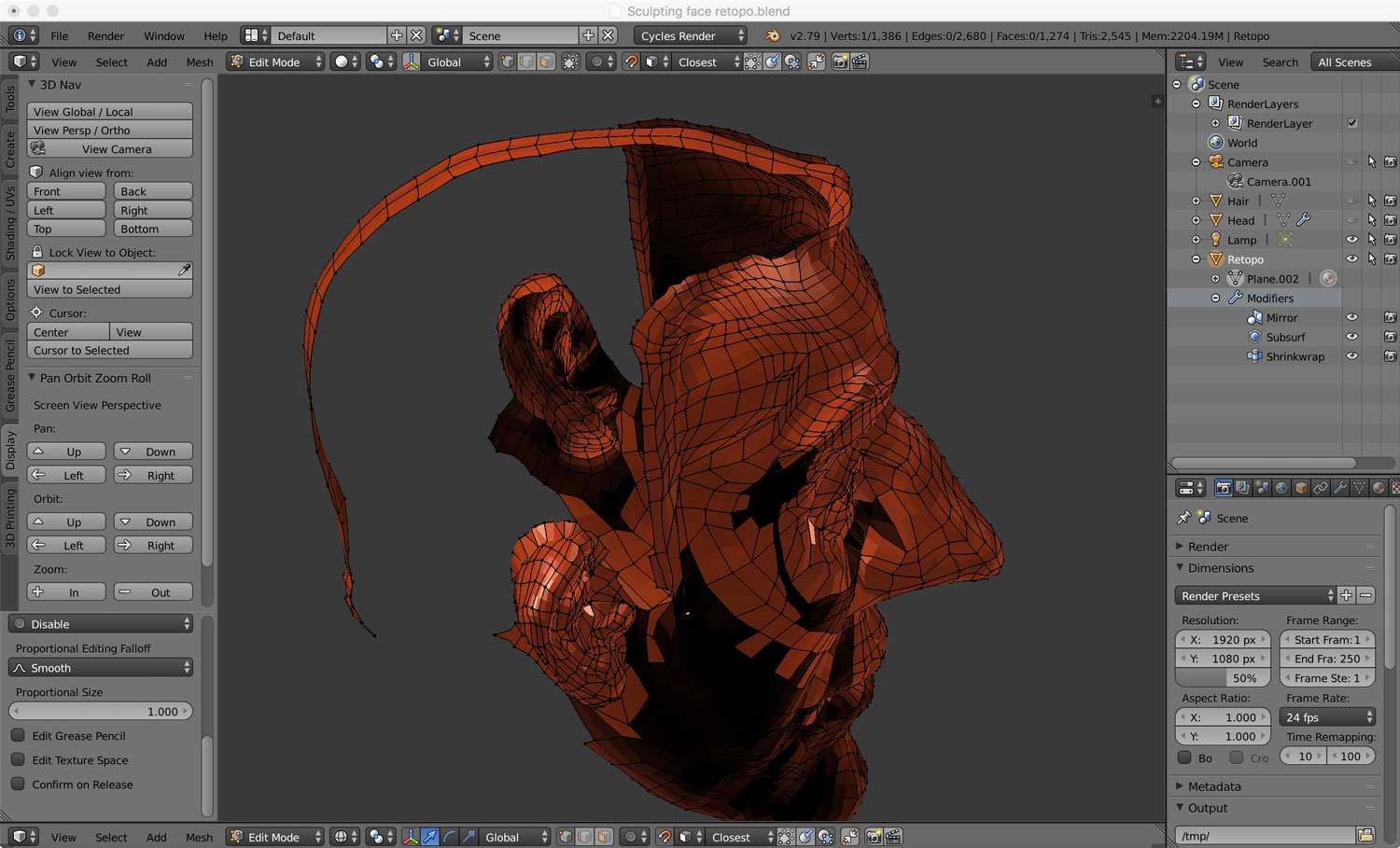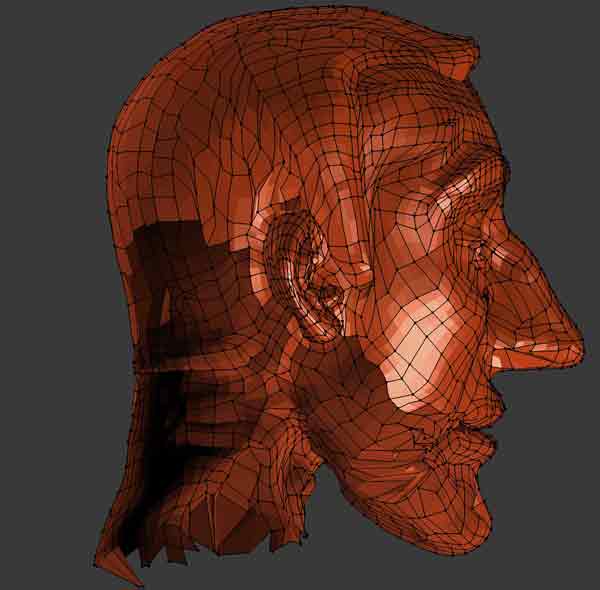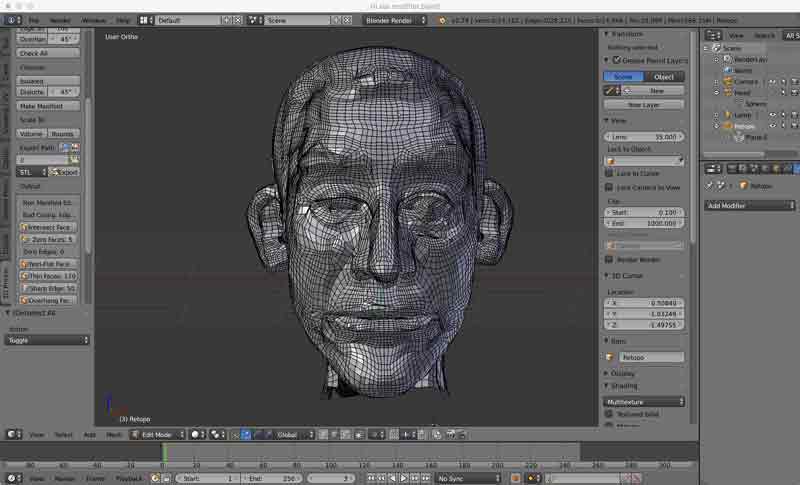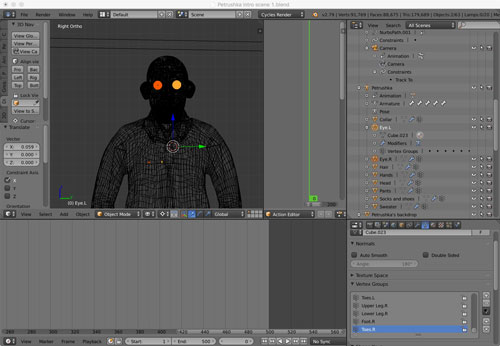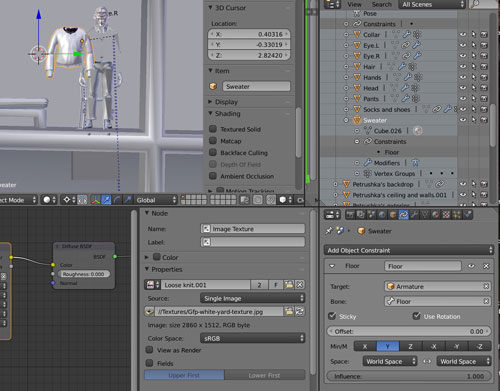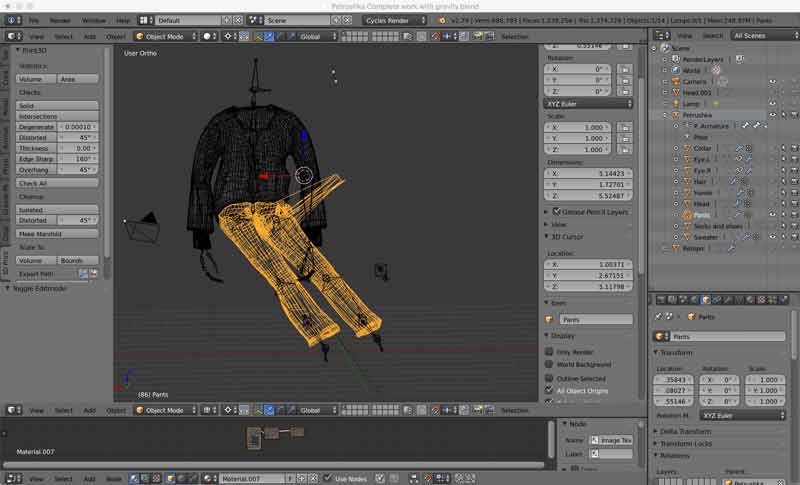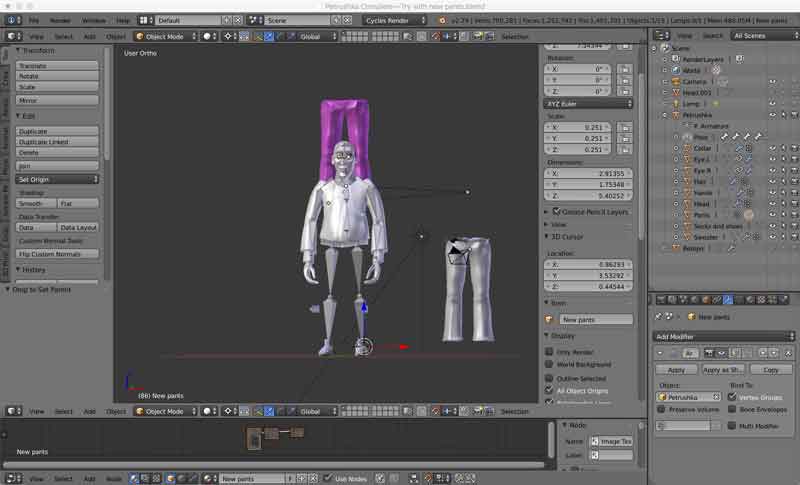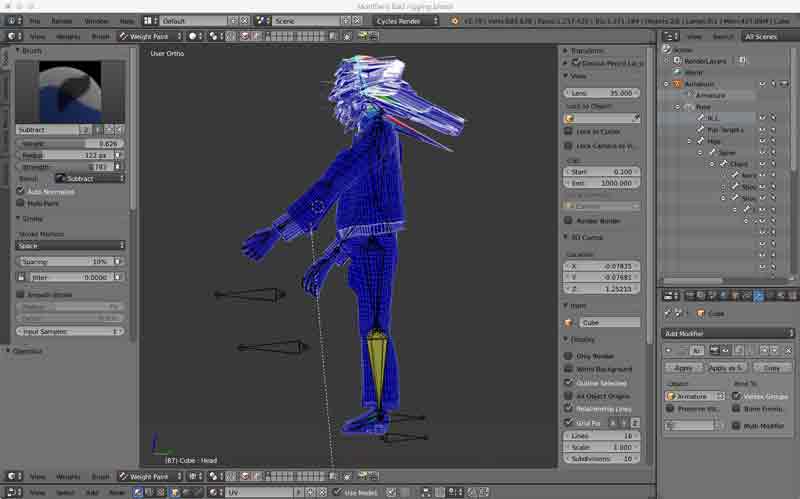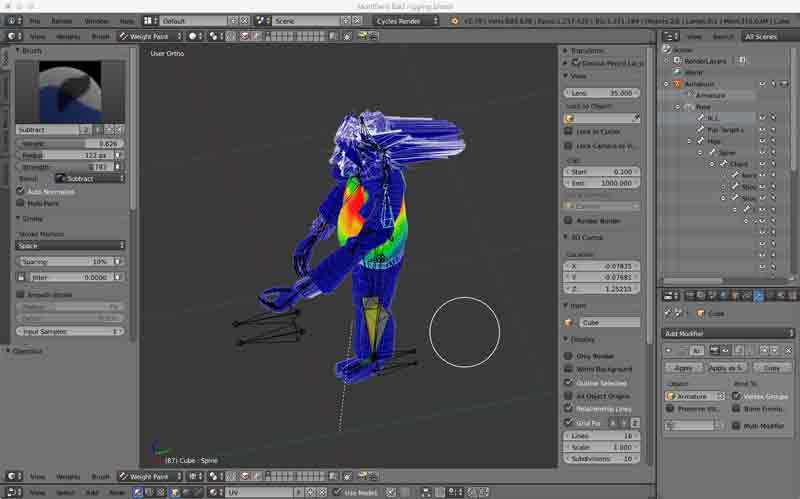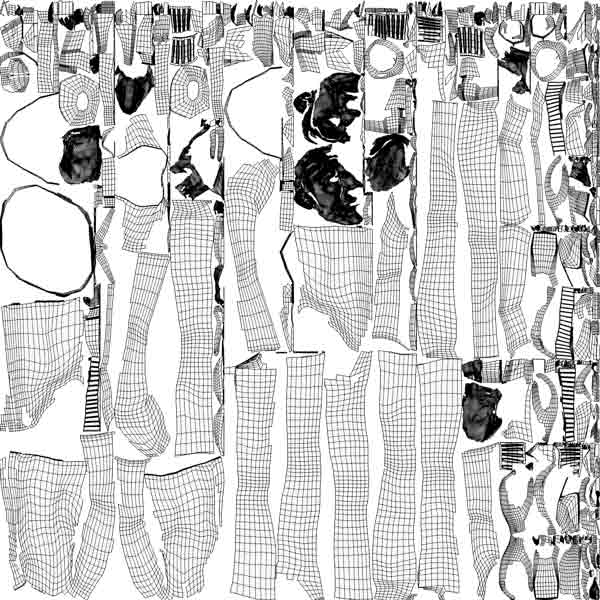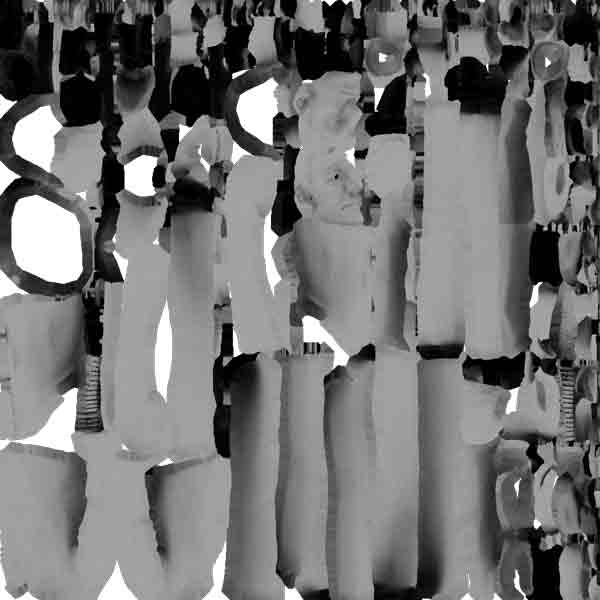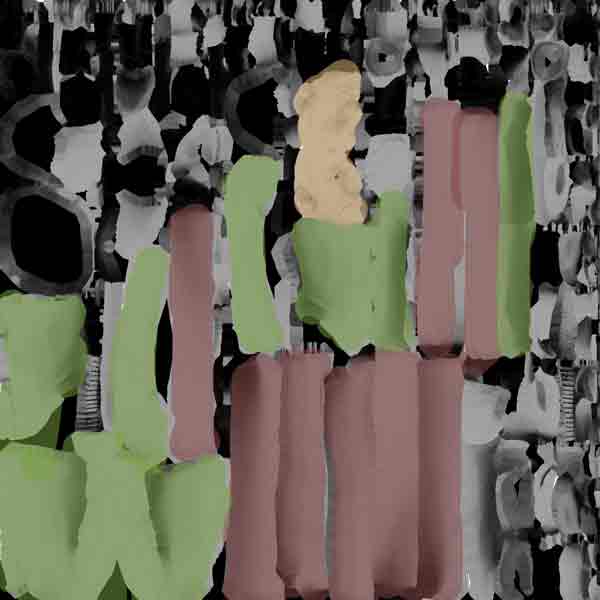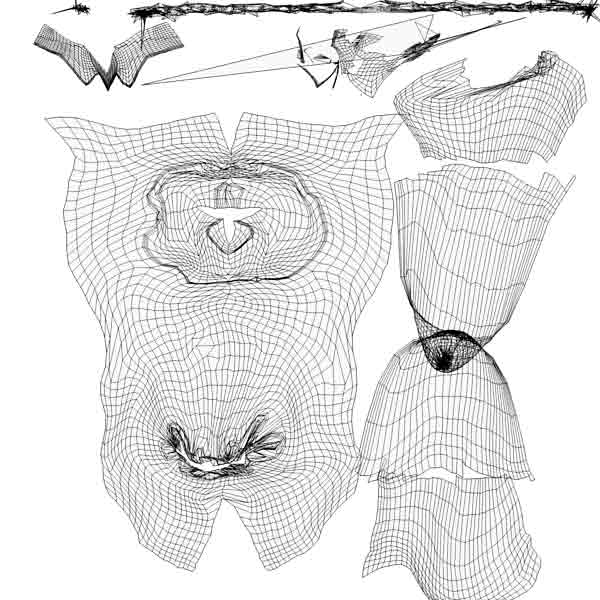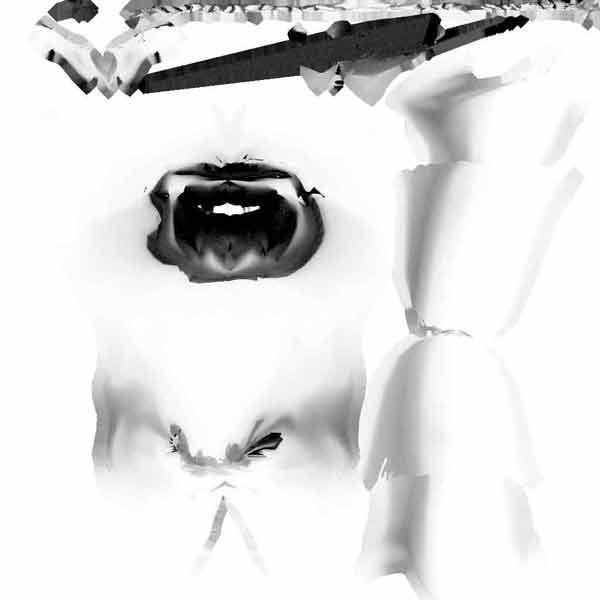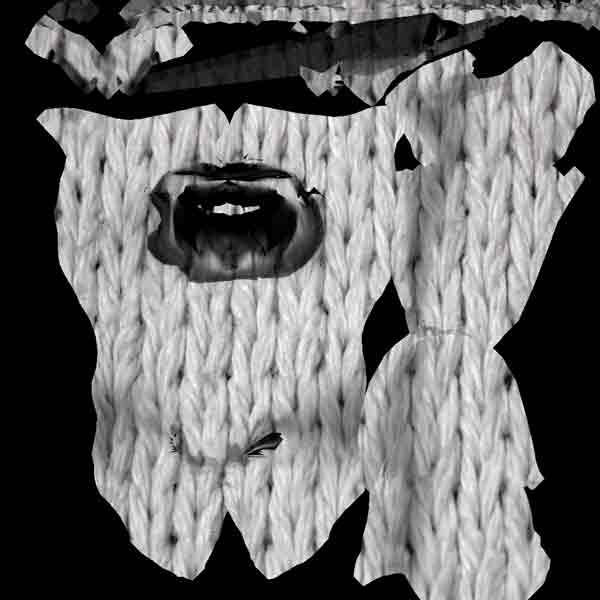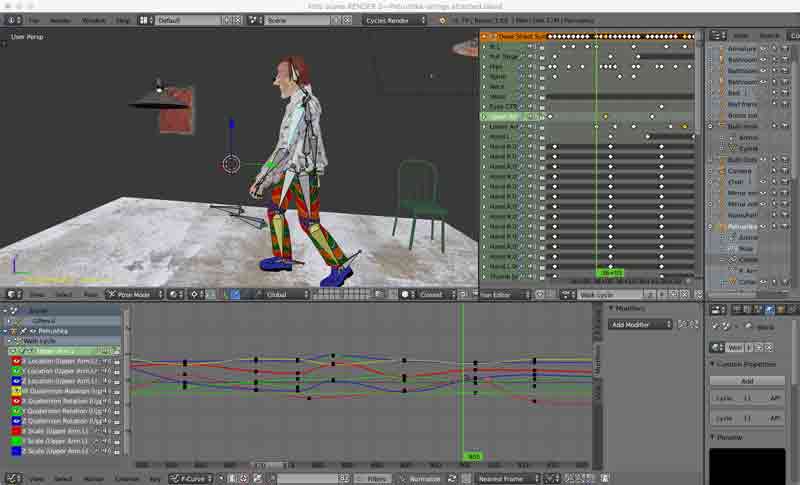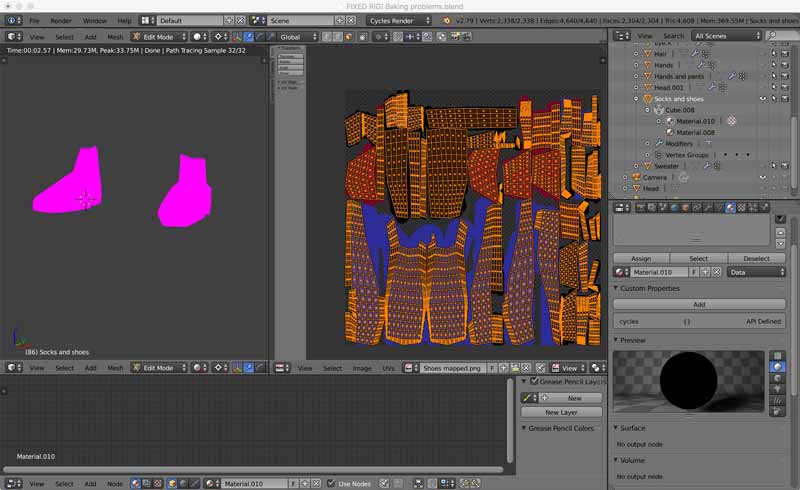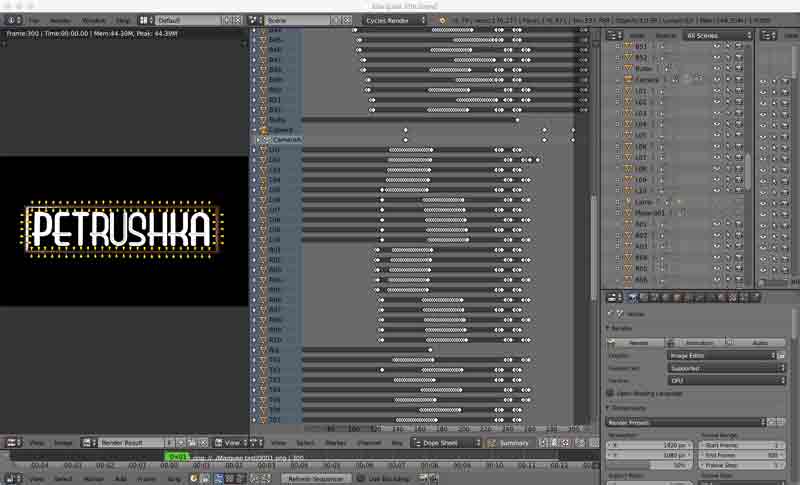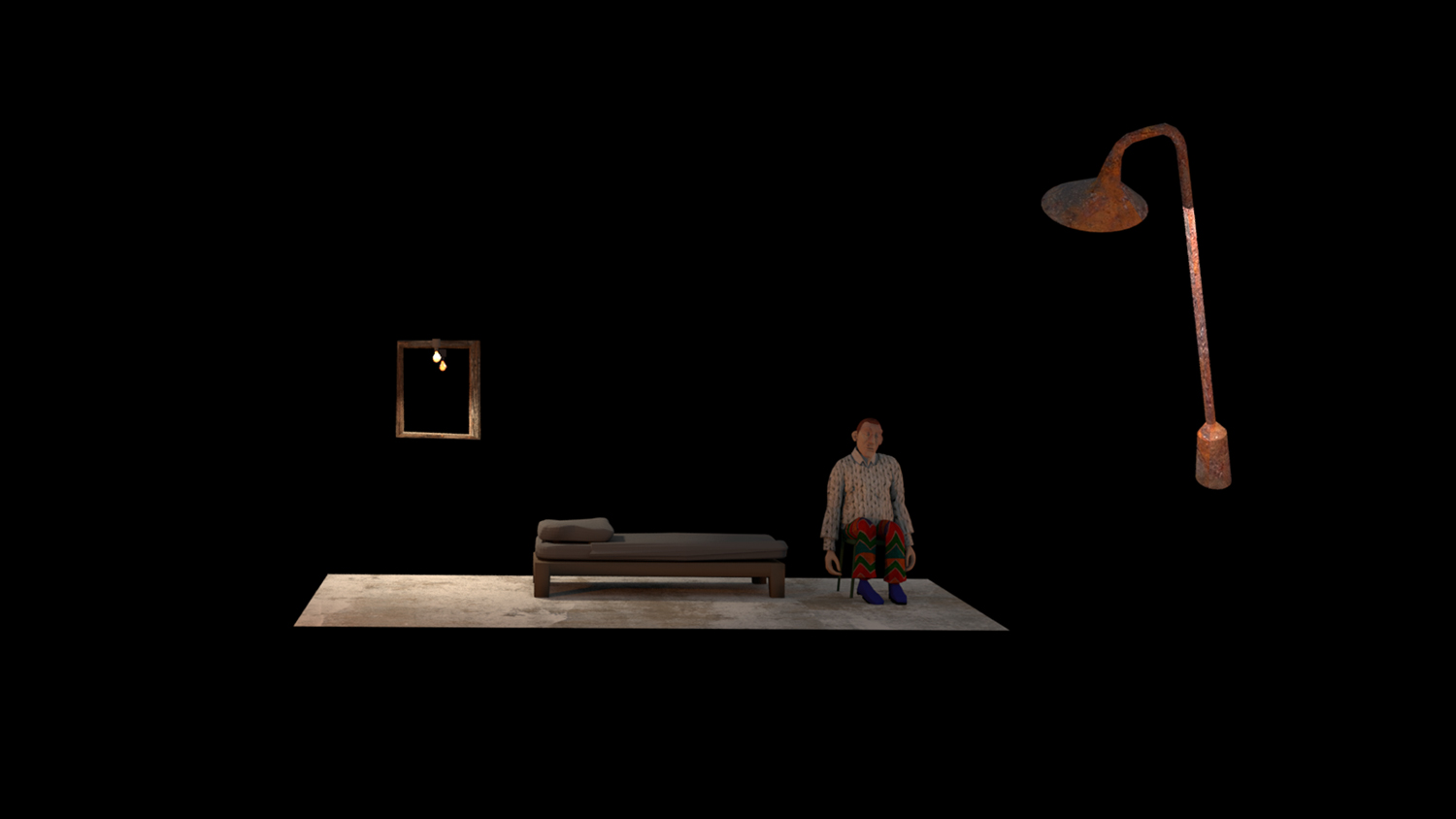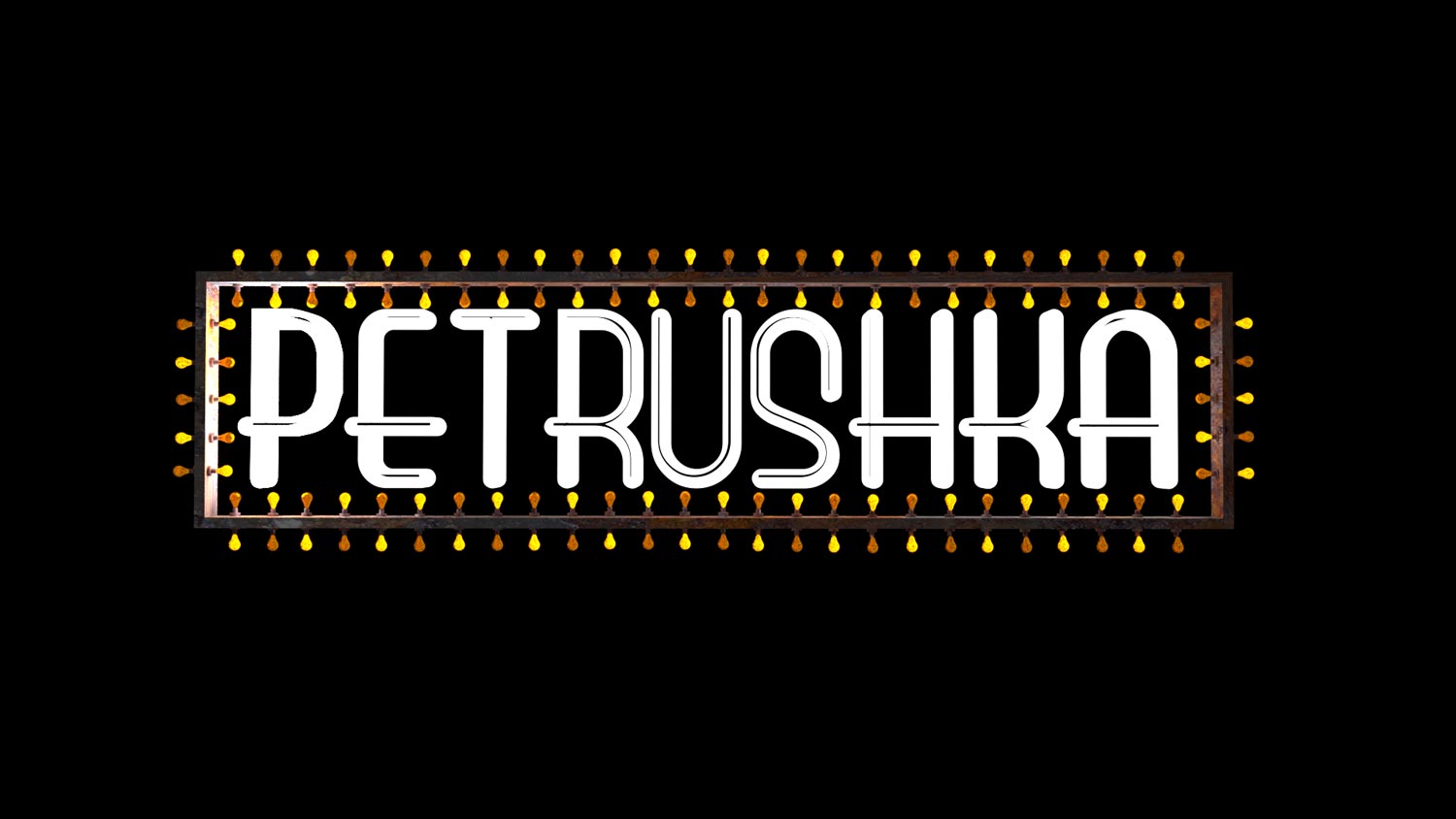
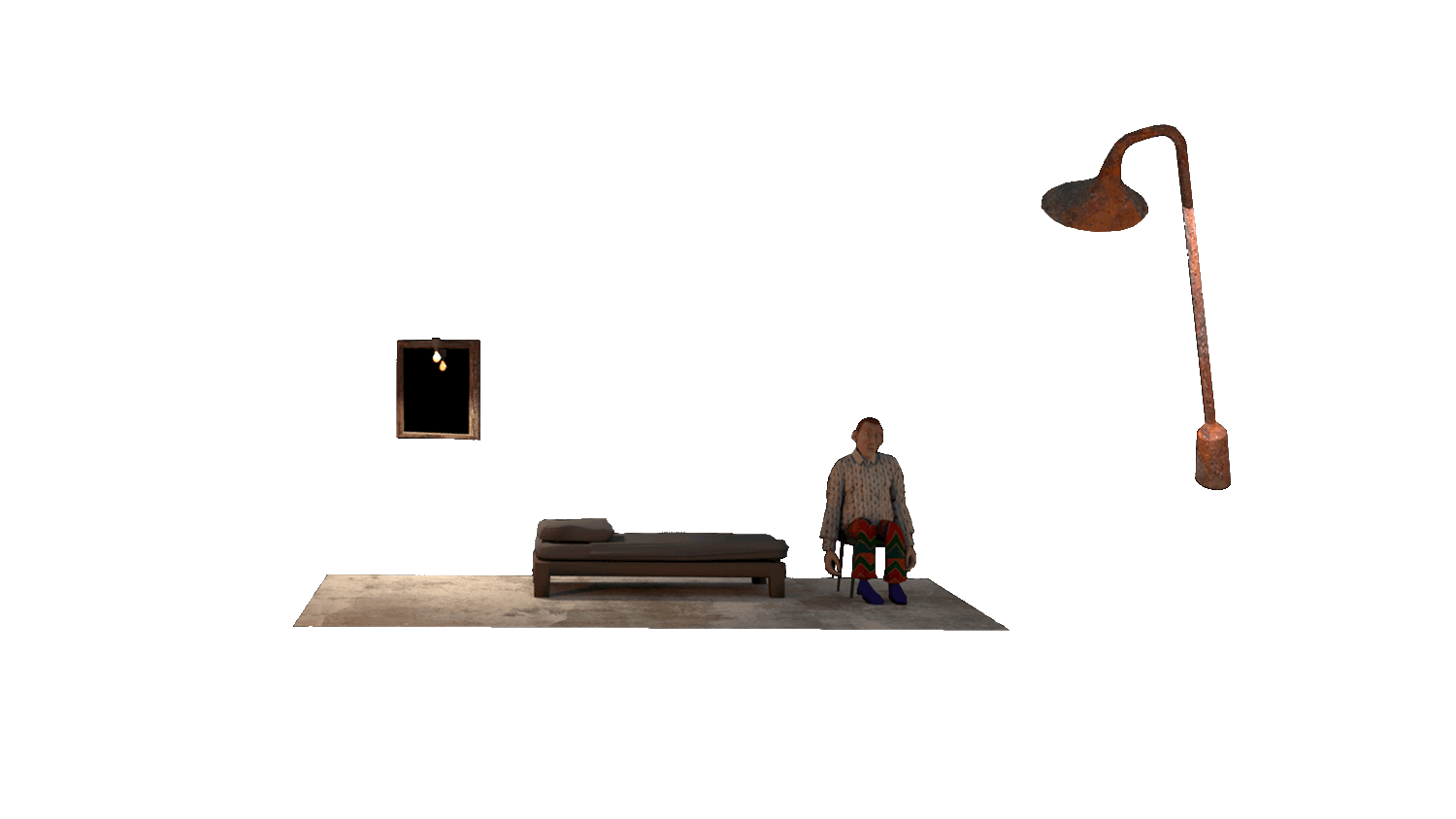
Petrushka
"What happens when a marionette wakes up in the modern world?"
Proof of Concept and early development
How can we re-imagine a traditional marionnette puppet play, made relevant in contemporary times?
Currently in its embryonic phase, the animation film, Petrushka, was inspired by Igor Stravinsky's 1911 eponymous ballet. With a libretto and stage design by Aleksandr Benois, and choreography by Michel Fokine, the ballet became an instant classic following its premiere. Elements of stage design and the ballet's choreography are still being performed to this day.
This is not to say that parts of Petrushka's story were not already problematic in 1911, yet alone, in today's time. The ballet is set at a carnival during Maslenitsa, Shrovetide, in 19th century Petersburg. A puppeteer, "the Charlatan" brings to life three puppets, Petrushka, the Ballerina and "the Moor." A love triangle ensues. Petrushka pursues the ballerina with a little too much ardour and faces dire consequences from "the Moor".
Over the course of the last century, artists, puppeteers and filmmakers have attempted to re-imagine Petrushka's story. In a 1996 thesis, Melissa Fodrocy published a "liberal illustrated adaptation of the story," from the point of view of the character himself. Over the last two decades, Basil Twist has brilliantly re-imagined Petrushka with real puppets, and a British theatre group "1927" has staged Petrushka using a combination of live-action and digital animation.
I aspire to enter the ranks of Petrushka's interpreters. Over the last year, I have been developing a unique way to approach Petrushka's story, creating the character, writing the script and planning production for an eponymous short animation film. While I am still working on presenting this part of the process, I would like to
share some of the technical steps that have taken me on Petrushka's journey, which is only just beginning.
Sculpting and retopologizing
I have been working in Blender 2.79. I began by sculpting the character based on some preliminary drawings.
To give 3D form to objects, Blender uses a polygon mesh, which artists can model by sculpting it with various digital brushes, resulting in a high-resolution 3D model. As with other 3D animation software, it is impractical, if not impossible to animate a high-resolution wire mesh. Click on the images below to see various (imperfect) steps to create and animate Petrushka.
Character rigging
Next, I had to rig my character, meaning I had to create a skeleton, an armature, which I could manipulate using controlled movements in order to move Petrushka around.
Things did not always go as planned.
In one instance, I had to retopologize Petrushka's pants, because they had too many mesh errors. Petrushka's pants also did not always want to stay on his legs. In another instance, I accidentally edited Petrushka's movements while his head was still anchored to another place. I spent more time fixign errors than I would care to admit.
Texturing Petrushka's clothes
I had a few challenges figuring out Blender's rendering protocol, meaning I took a few unecessary steps to "unwrap" and texture Petrushka's clothes (utilizing ambient occlusion, the shadows that occurred naturally in the scene and between objects).
Keyframing Petrushka's first walk
In the end, Petrushka was all rigged, with his new blue shoes ready to take the first steps. I had to teach him how to walk. The images below illustrate basic keyframing, although I later began to edit Petrushka's movements by using a graph editor.
Final Render
Each frame of the minute-long trailer is now rendering, one twenty-fifth of a second at a time, in preparation for Petrushka's introduction to the world. While it feels like the hard part is done, I know that this is only the beginning. Petrushka's official trailer is coming early 2019.
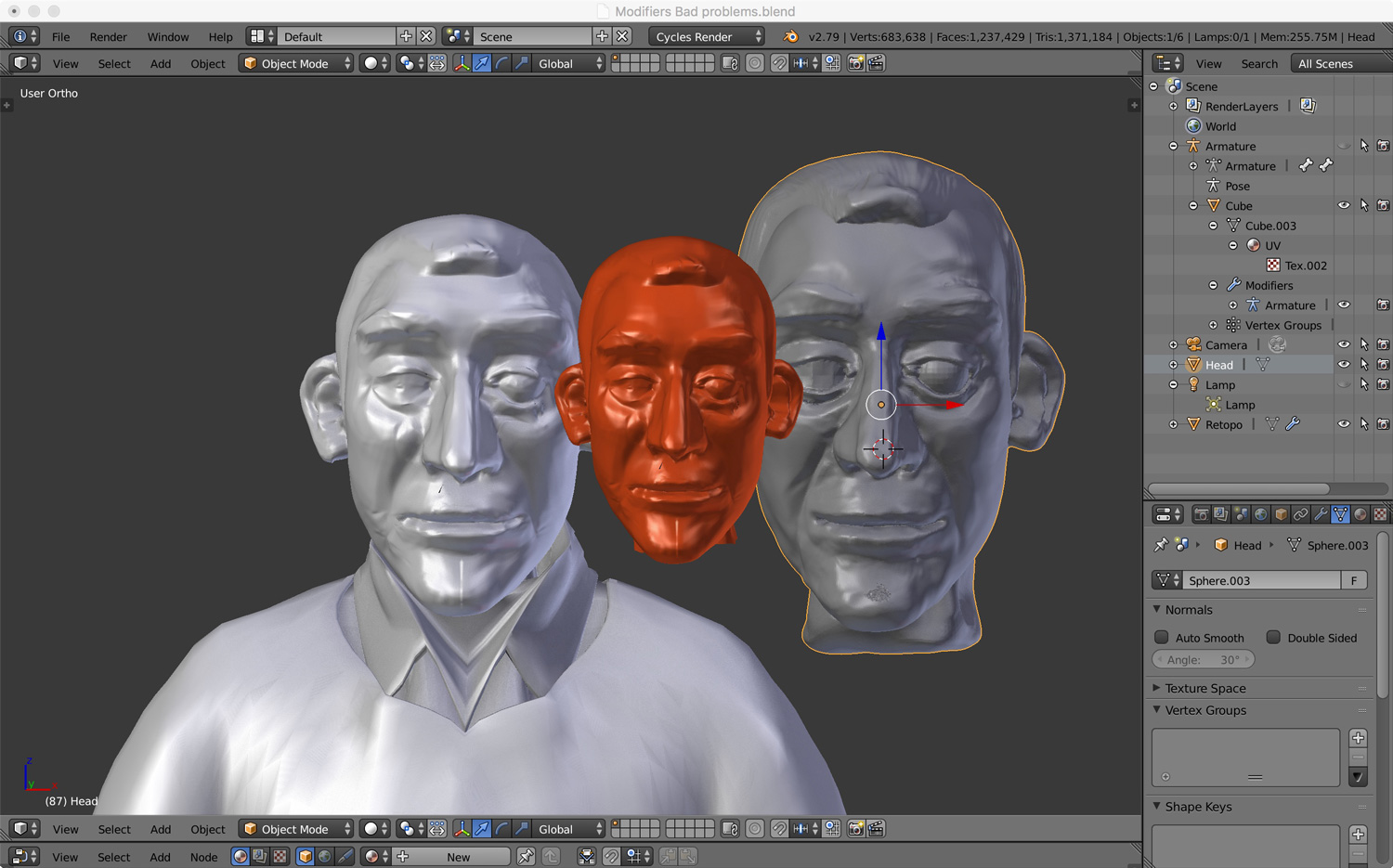 Concept drawings evaluating Petrushka's proportions
Concept drawings evaluating Petrushka's proportions
